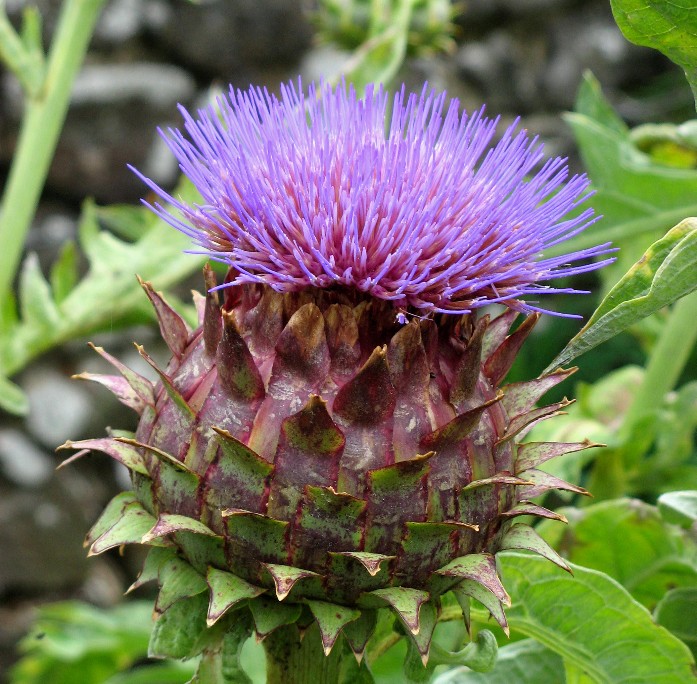E-G
Herbs A-Z
EVENING PRIMROSE (Oenothere biennis) Fever plant, Scurvish, King's-cure-all, as was regarded as a panacea for the treatment of most ailments. It was cultivated for its edible roots. Leaf poultices were used to treat bruises and haemorrhoids .
ELECAMPANE (Inula helenium) Elfwort, Horseheal In Celtic folklore believed to protect against Elvish magic. Also used to treat skin infections in horses and sheep. Generally used for variety of chest infections, also poor digestion, fevers, urine stoppage and the Plague.
FENNEL (Foeniculum vulgare) Roman soldiers believed to chew the seeds before battle to give courage. Seeds also used as an appetite suppression. Used aid eyesight, as an antidote to poisonous mushrooms, and the bites of mad dogs and snakes, for lung and stomach disorders, jaundice, wind and gout.
FEVERFEW (Tanacetum parthenium) was planted around peoples' houses to prevent plague. Used for argues, shortness of breath, women's courses and vertigo.
FOXGLOVE (Digitalis purpurea) The leaves were used to heal fresh wounds ; the juice of the leaves, to cleanse, dry and heal old sores. Not known as a cardiac treatment until 1775 when Dr William Withering realised Mrs Hutton, medical herbalist, had successfully cured a patient of heart failure.

Globe Artichoke - Cynara scolymus
GLOBE ARTICHOKE (Cynara scolymus) Romans regarded it as an aphrodisiac; in the 16 th women were banned from eating it. Was used to treat liver diseases and snake bites.
GOAT'S RUE (Galega officinalis) Was used to increase the milk yield of cows and goats. Also used to treat bites of 'venomous creatures' , gout, measles, worms and smallpox.
GREATER CELANDINE (Chelidonium majus) Tetterwort, Nipplewort, Swallowwort. Used to treat women's courses, obstructions, tetters (type of herpes), ringworm, ulcers, sores, cankers, fistulas and eye problems ' the juice of the herb is good to sharpen the sight, for it cleanseth and consumeth away slimie things that cleave about the ball if the eye ...especially being boiled with honey in a brazen vessel ' ( John Gerard 1597)
